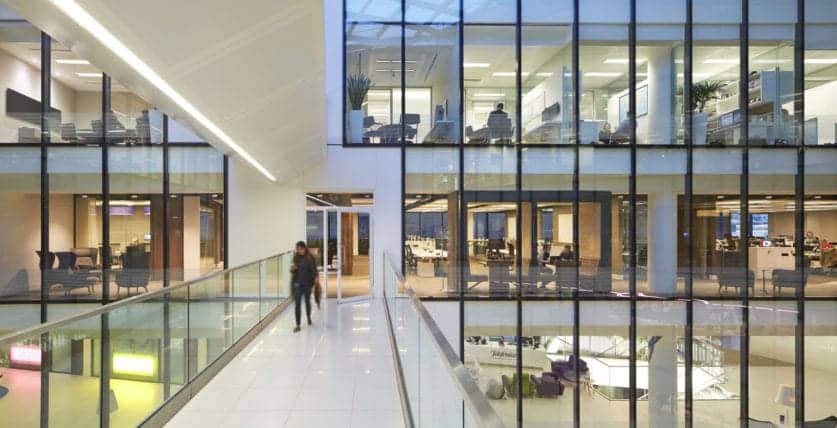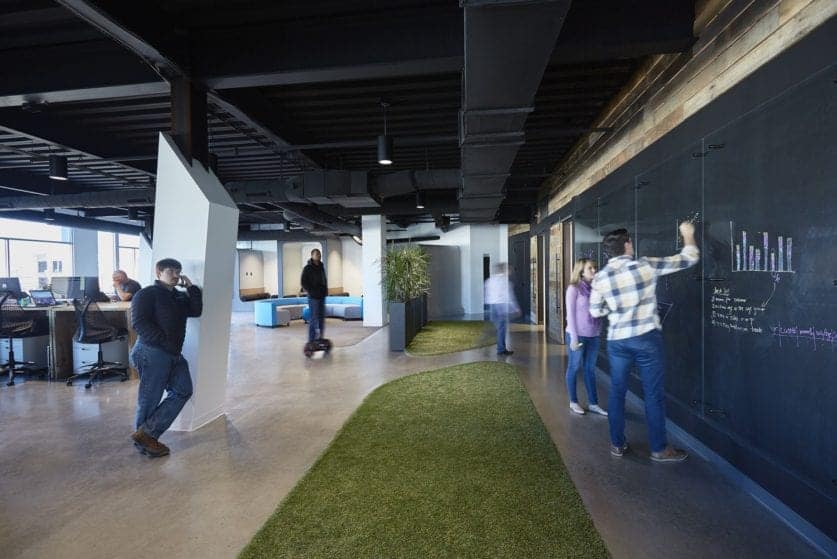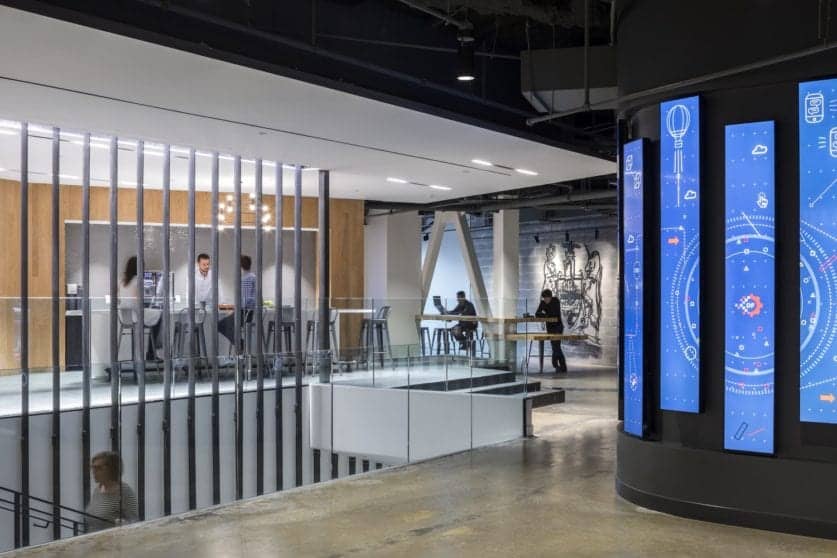More...
By Larry King, AIA, NCARB and Jim Truhan | September 20th, 2018
Change is happening faster - and to a greater magnitude - than expected.
In a two-part series, IA focuses on three factors that are accelerating change in the workplace. Part one highlights demographics and technology in the workplace.
Successful companies are, by definition, good at optimizing resources; that’s why space efficiency and staff productivity are vital to our clients. The greater challenge is seeing into the future—the confluence of factors is altering the landscape of workplace interiors—with enough clarity and urgency to re-evaluate long-held assumptions and drive innovation.
I recently had an opportunity to reflect on those change drivers while participating in a “Workplace of the Future” panel at the American Planning Association’s national conference in New York, alongside Jon Pickard of Pickard Chilton, Larry Jones of Atelier Ten, and Doug Mass of Cosentini Associates (with whom IA co-developed the winning entry for the National Association for Industrial and Office Parks’ (NAIOP) Office Building of the Future global competition). Following are some of the key factors forcing our clients—in all markets, not just the office workplace—to reexamine their strategy towards providing space to employees in the future.
Demographics: The Rise of Digital Natives and a Shift to Services on Demand
Within two years, digital natives will comprise more than half the workforce—a figure that rises to 75% by 2025. This demographic’s inherent technological fluency and reliance on digital tools has set in motion a quantum shift in personal control as we become ever more reliant on services to meet both basic and aspirational needs.
Consider ride sharing. For Digital Natives, getting from point A to point B does not depend on owning a car; one can be summoned in minutes via the Lyft app. An array of other services—Netflix, Airbnb, Amazon Prime, etc.—renders ownership of analog things the cultural exception . In the process, the degree of individual control over contemporary living is expanding rapidly.
Obtaining what we need, when we need it, in just the amount is now a baseline expectation, and one that’s expanding beyond services and retail into the workplace.
Another core generational expectation is flexibility. Gig work already comprises a third of the North American economy, being propelled by services like Task Rabbit that allow “taskers” to select the attributes of each short-term assignment. And consider a recent Google study that found 66% of large organizations plan to leverage flexible working arrangements by 2018.
As a result, the workplace—and the experience of work itself—must become much more personally controllable and flexible.
Technology in the Workplace: Pervasive, Personalized, and Addressable
HVAC, lighting, furniture—even conference rooms—are now addressable via mobile apps, empowering end users to personalize their work experience on the fly. For example, Comfy allows staffer to control office temperatures in their vicinity; the app even incorporates tie-breaker technology for resolving multi-user temperature adjustments.
The convergence of mobile devices and workplace infrastructure will inevitably lead to what’s referred to as a “device-facility nexus,” blurring the dividing line between building and occupant. In other words, the building itself will respond as a service, flexing to meet immediate needs, in the same sense that Lyft and Airbnb do.
This has enormous implications for the worker experience and poses profound questions for facility managers, who will be compelled to shift operating models towards ones that cede control to users in a service paradigm.
The ability to offer this level of choice to employees will become a competitive advantage and something informed clients will take advantage of.
Want to Learn More?
If you enjoyed this post, check out the next part in this two part series about change in the workplace. Click below to read "Three Factors Accelerating Change in the Workplace (Part Two)."
Designing an increasing digital workplace for an increasing digitally savvy workforce.





